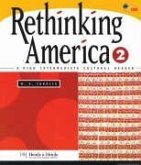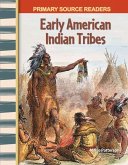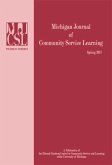Rethinking Michigan Indian History is a teaching tool that honors the Chippewa, Ottawa, and Potawatomi and the twelve federally recognized tribes of Michigan by recognizing their role and place in Michigan history--exploring what most people know (or do not know) about them. Each lesson includes a background narrative, a set of hands-on, tactile activities, and provides easily understood and visual resources. Rethinking Michigan Indian History explores large issues of Indian stereotypes, the narrow focus on "great" Indian men, the lack of knowledge about treaties and treaty rights, and the role of maps to mislead or distort thinking about how history unfolds and the complexities of land ownership. The lesson exploring Indian stereotypes identifies their existence not only in U.S. consumer culture but also in K-12 classrooms. The goal, however, is not to rebuke the consumer for having bought Big Chief Sugar or the teacher for having young students construct one-dimensional canoes, paddles and Indians out of paper and glue but to use those activities as a demonstration of what most people know about Indians. From this point, a foundation of facts can begin to replace stereotypes in the learning process. Demonstrating further how popular influences can control knowledge, the lesson on "great" Indian men shows how the popular preference for biographies of famous Indian warriors, like Pontiac and Tecumseh or individual women, like Pocahontas and Sacagawea, narrows an understanding of Indians to symbolic representations and issues and ignores their ongoing culture. The lesson on Indian treaties and maps explains and visually shows the reason the Chippewa, Ottawa, and Potawatomi lived inMichigan in 1760 and live in Michigan today in roughly the same places. Treaties are explored in a manner understandable to fourth graders through adults by showing where Indians lived, the treaty boundaries, and tribal and holdings. This lesson also shows Indian cartography con







